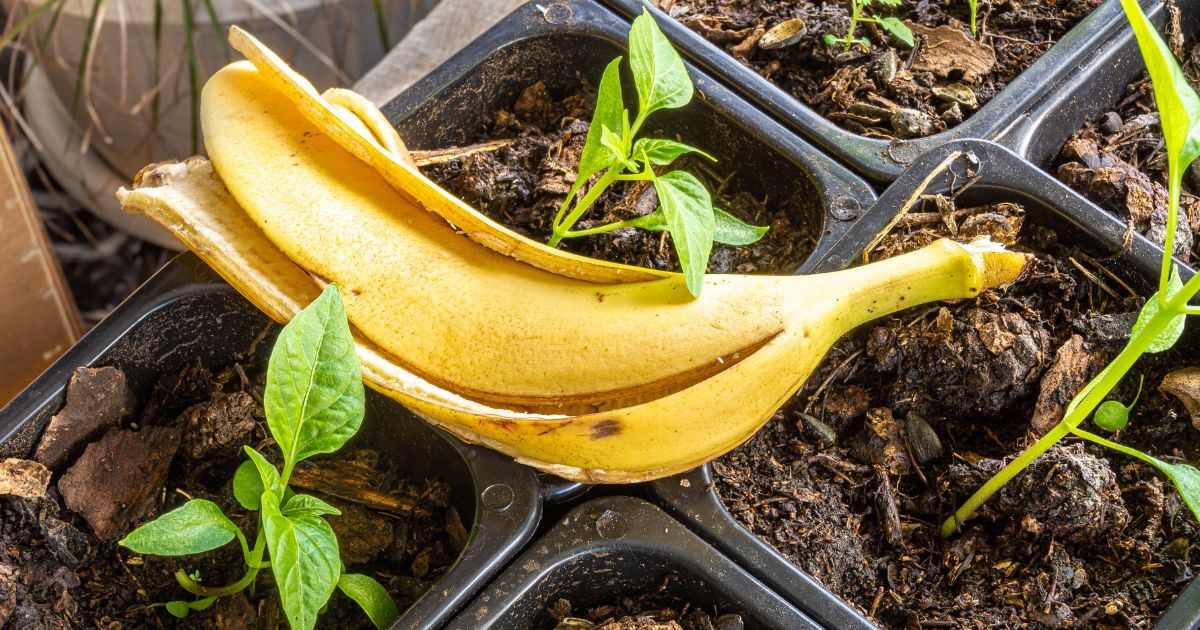Banana peels are often touted as an excellent natural fertilizer for plants, rich in nutrients like potassium.
However, using them without proper understanding can lead to unintended consequences.
In this post, we’ll explore seven ways banana peels might harm your plants, ensuring you make informed decisions in your gardening practices.
1. Pest Attraction
While banana peels decompose, they can attract pests like gnats and flies. These insects are drawn to the sugars released from the peeling process, potentially leading to infestations that could harm your plants.
2. Mold and Fungus Growth
Banana peels can encourage mold and fungus growth, especially in damp conditions. This growth can spread to plants, affecting their health and potentially leading to disease.
3. Soil Imbalance
Using too many banana peels can disturb the natural pH balance of the soil, making it either too acidic or alkaline. This imbalance can affect nutrient uptake, stunting plant growth.
4. Slow Decomposition
Banana peels decompose slowly, which means nutrients are not readily available to plants. This slow process can lead to nutrient deficiencies if you’re relying solely on peels for fertilization.
5. Attracting Larger Animals
The sweet aroma of banana peels can attract larger animals like raccoons or squirrels. These animals can dig up your garden, causing damage and stress to plants.
6. Root Rot Risk
If banana peels are buried too close to plant roots, they can retain moisture, leading to root rot. Keeping peels at a safe distance from roots is essential to prevent this issue.
7. Nutrient Lockout
Excessive use of banana peels can lead to nutrient lockout, where essential elements are unavailable to plants despite their presence in soil. Balancing peel use with other fertilizers is crucial.







